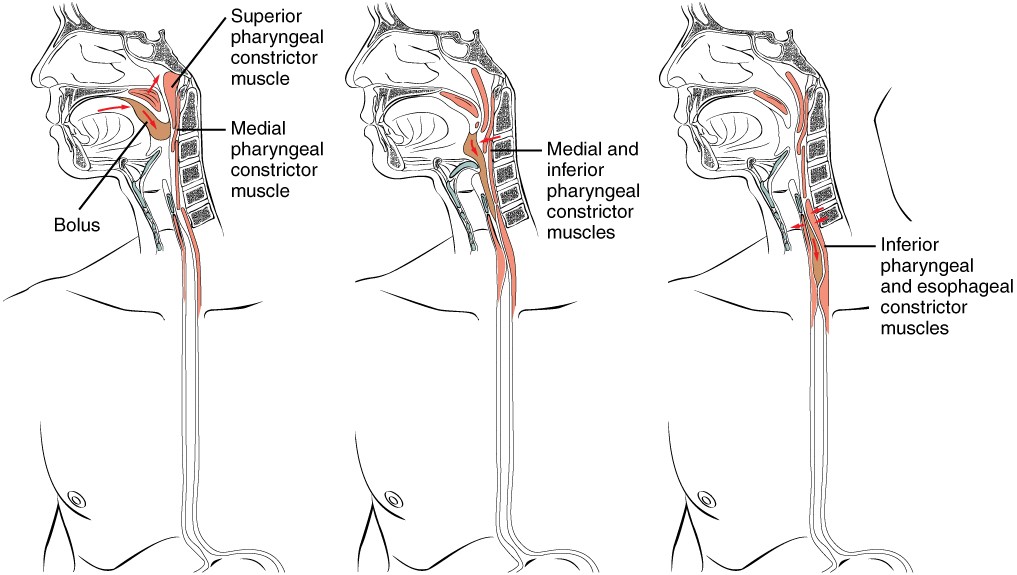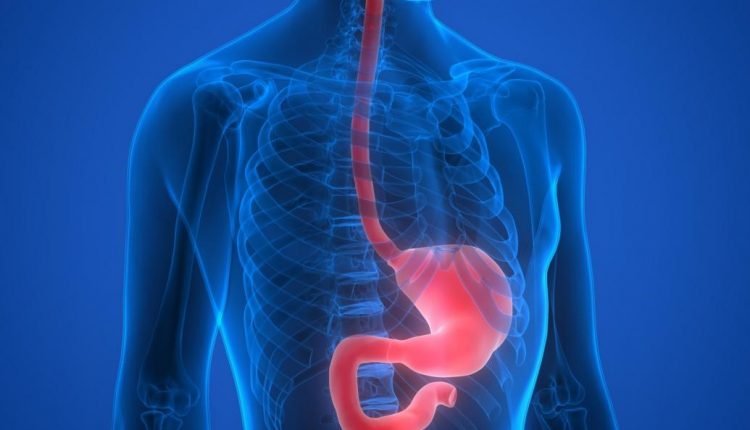Esophageal spasm is a condition that affects the esophagus, the muscular tube responsible for carrying food from the throat to the stomach. Often abbreviated as ES, this disorder involves abnormal contractions of the muscles in the esophagus, leading to discomfort and difficulty swallowing. While it may not be life-threatening, it can significantly impact a person’s quality of life. In this article, we will explore the causes, symptoms, diagnosis, and treatment options available for this condition.

What Is Esophageal Spasm?
The esophagus is a vital part of the digestive system, and its primary function is to transport food and liquids from the mouth to the stomach. Normally, the muscles in the esophagus contract in a coordinated manner to push food downward. However, in cases of esophageal spasm, these contractions become irregular or uncoordinated, causing pain and other complications.
There are two main types of esophageal spasm:
- Diffuse Esophageal Spasm: This type involves uncoordinated muscle contractions throughout the esophagus, often leading to chest pain and difficulty swallowing.
- Nutcracker Esophagus: In this type, the contractions are strong but overly forceful, which can also cause significant discomfort.
Causes of Esophageal Spasm
The exact cause of esophageal spasm is not fully understood, but several factors are believed to contribute to its development. These include:
Gastroesophageal Reflux Disease
Gastroesophageal reflux disease, commonly known as acid reflux, occurs when stomach acid flows back into the esophagus. This can irritate the lining of the esophagus and lead to spasms over time.
Abnormal Nerve Activity
The esophagus relies on signals from the nervous system to coordinate muscle contractions. If there is a disruption in these nerve signals, it can result in uncoordinated or excessive muscle activity, leading to spasms.
Stress and Anxiety
Emotional stress and anxiety can have a profound effect on the body, including the digestive system. Stress may exacerbate existing esophageal issues or trigger spasms in individuals who are predisposed to the condition.
Certain Medical Conditions
Some medical conditions are associated with an increased risk of developing esophageal spasm. These include diabetes, hypertension, and certain neurological disorders such as Parkinson’s disease.
Dietary Triggers
Certain foods and beverages, such as caffeine, alcohol, and spicy foods, can irritate the esophagus and trigger spasms in susceptible individuals.
Symptoms of Esophageal Spasm
The symptoms of esophageal spasm can vary from person to person, but they often include:
Chest Pain
One of the most common symptoms is chest pain, which can feel similar to the pain experienced during a heart attack. This pain is typically located behind the breastbone and may radiate to the back, neck, or arms.
Difficulty Swallowing
Many people with esophageal spasm experience difficulty swallowing, also known as dysphagia. This can make it challenging to eat or drink and may lead to a sensation of food being stuck in the throat or chest.
Painful Swallowing
In addition to difficulty swallowing, some individuals may experience pain while swallowing. This pain can range from mild discomfort to severe burning sensations.
Regurgitation
Food or liquid may come back up into the mouth without warning, especially if the esophagus is unable to move contents effectively toward the stomach.
Heartburn
Although heartburn is more commonly associated with acid reflux, it can also occur in people with esophageal spasm due to irritation of the esophageal lining.
Diagnosis of Esophageal Spasm
Diagnosing esophageal spasm requires a thorough evaluation by a healthcare professional. Several tests and procedures may be used to confirm the diagnosis and rule out other potential causes of the symptoms.
Medical History and Physical Examination
The first step in diagnosing esophageal spasm involves taking a detailed medical history and performing a physical examination. The doctor will ask about the nature and frequency of the symptoms, as well as any triggers or underlying health conditions.
Barium Swallow Test
This imaging test involves drinking a liquid containing barium, which coats the esophagus and makes it visible on X-rays. The test helps identify any structural abnormalities or irregularities in the esophagus.
Esophageal Manometry
Esophageal manometry measures the pressure and coordination of muscle contractions in the esophagus. A thin tube is inserted through the nose and into the esophagus to record these measurements, providing valuable information about how well the esophagus is functioning.
Endoscopy
An endoscopy involves inserting a flexible tube with a camera into the esophagus to visually inspect its lining. This procedure can help detect inflammation, ulcers, or other abnormalities that might be contributing to the symptoms.
pH Monitoring
A pH monitoring test measures the level of acid in the esophagus over a 24-hour period. This can help determine whether acid reflux is playing a role in the development of esophageal spasm.
Treatment Options for Esophageal Spasm
Treatment for esophageal spasm focuses on relieving symptoms and improving the function of the esophagus. The specific approach depends on the severity of the condition and the underlying cause.
Lifestyle Modifications
Making certain lifestyle changes can help reduce the frequency and severity of esophageal spasms. These include:
- Avoiding trigger foods and beverages such as caffeine, alcohol, and spicy foods
- Eating smaller, more frequent meals instead of large ones
- Avoiding lying down immediately after eating
- Quitting smoking, as it can worsen symptoms
- Managing stress through relaxation techniques like yoga or meditation
Medications
Several medications can be prescribed to manage esophageal spasm:
- Calcium Channel Blockers: These medications relax the muscles of the esophagus and reduce the intensity of spasms.
- Nitrates: Similar to calcium channel blockers, nitrates can help relax the esophageal muscles and relieve pain.
- Antidepressants: Low doses of tricyclic antidepressants may be prescribed to help alleviate chest pain associated with esophageal spasm.
- Proton Pump Inhibitors: These drugs reduce stomach acid production and are particularly helpful if acid reflux is contributing to the condition.
Botox Injections
In some cases, botulinum toxin injections may be administered directly into the esophagus to paralyze the overactive muscles temporarily. This can provide relief from severe spasms but is usually considered a short-term solution.
Esophageal Dilation
If the esophagus has narrowed due to repeated spasms, a procedure called esophageal dilation may be performed. During this procedure, a balloon or dilator is used to widen the esophagus and improve its function.
Surgery
Surgery is rarely required for esophageal spasm but may be considered in severe cases that do not respond to other treatments. One surgical option is a myotomy, which involves cutting the muscles at the lower end of the esophagus to reduce spasms.
When to Seek Medical Attention
While esophageal spasm itself is not typically dangerous, it is important to seek medical attention if you experience persistent or worsening symptoms. Chest pain, in particular, should never be ignored, as it can sometimes indicate a more serious condition such as a heart attack. If you are unsure whether your symptoms are related to esophageal spasm or another issue, consult a healthcare professional promptly.





